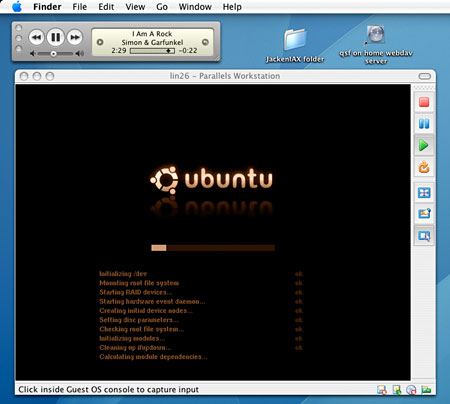Documentation is something every organisation should do, but not to excess.
Whether it be an online user guide for a piece of software, or an employee guide for a pensions scheme, there are typically two problems:
- Most people won’t read it
- You have to keep it up to date anyway
And, often, keeping it up to date is much more hassle than creating it in the first place. It certainly feels like it, anyway, because when you’re fixing an old document you don’t have the satisfaction that comes from creating something new.
So my philosophy has generally been that you should have as little documentation as possible (and no less). The more you have, the harder it is to maintain, and incorrect documentation is usually worse than no documentation at all.
It struck me recently, though, that there is a rather wonderful aspect to blogs in this regard. The great thing about a blog entry is that it has a date prominently displayed on it. Why is this relevant? Because it’s immediately obvious when a posting may be out of date. You never have to go back and maintain your old blog entries, or check that things you said in the past are still correct. It’s understood that they’re perishable goods and may have an expiry date.
So if you want a low-maintenance website, perhaps the best model is to put the absolute basics as static pages and cast as much of it as possible as a blog. You may need to make special provisions for those who visit and need to find something – like having a good search facility, and referring back regularly to past posts which are still important – but in general, the more you can put in blog format, the more interesting your site will be, and the easier your maintenance task.


Recent Comments